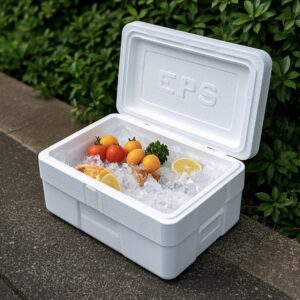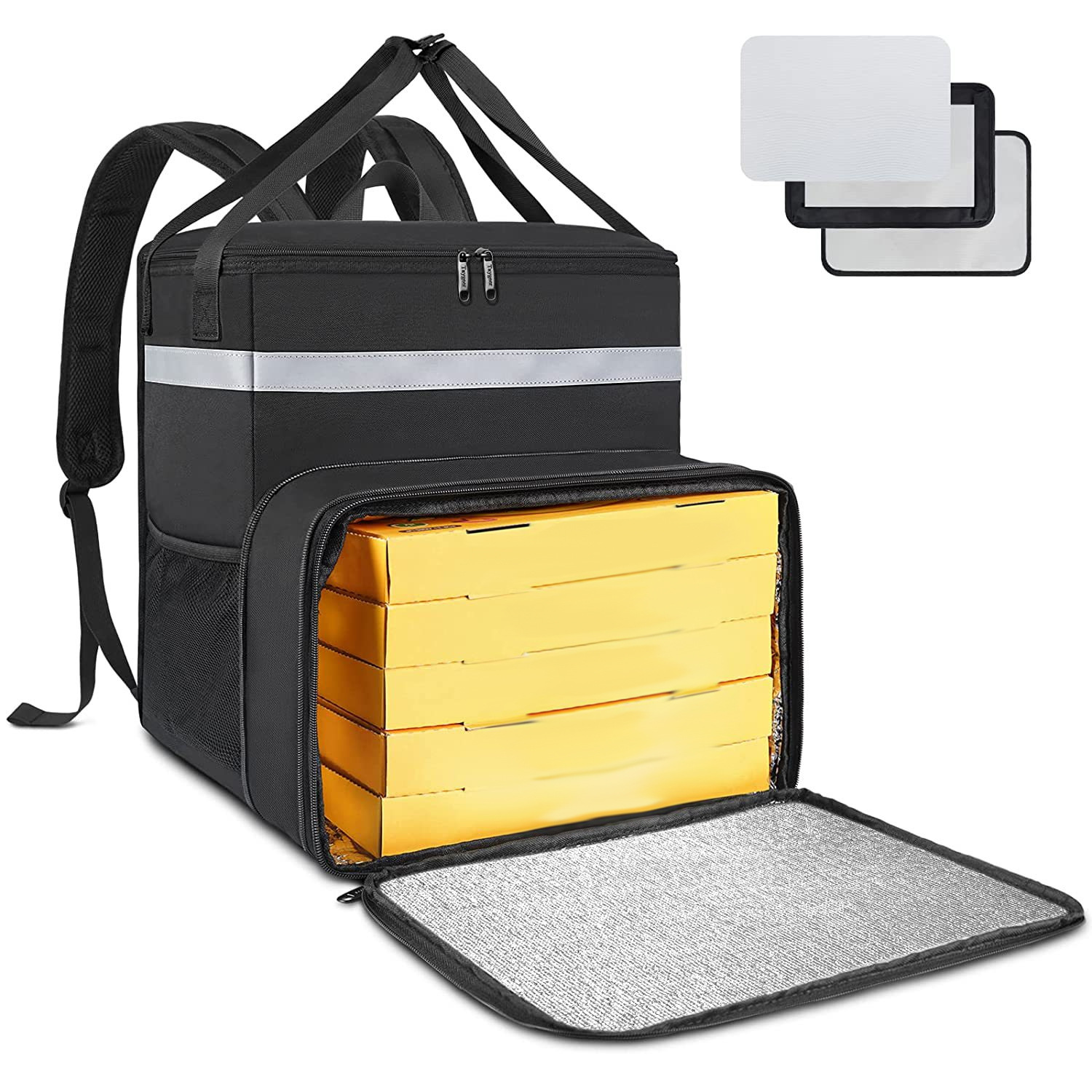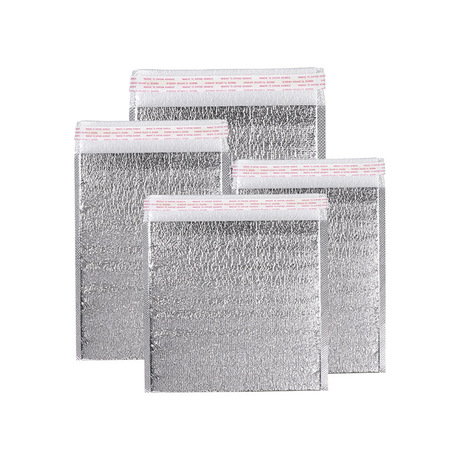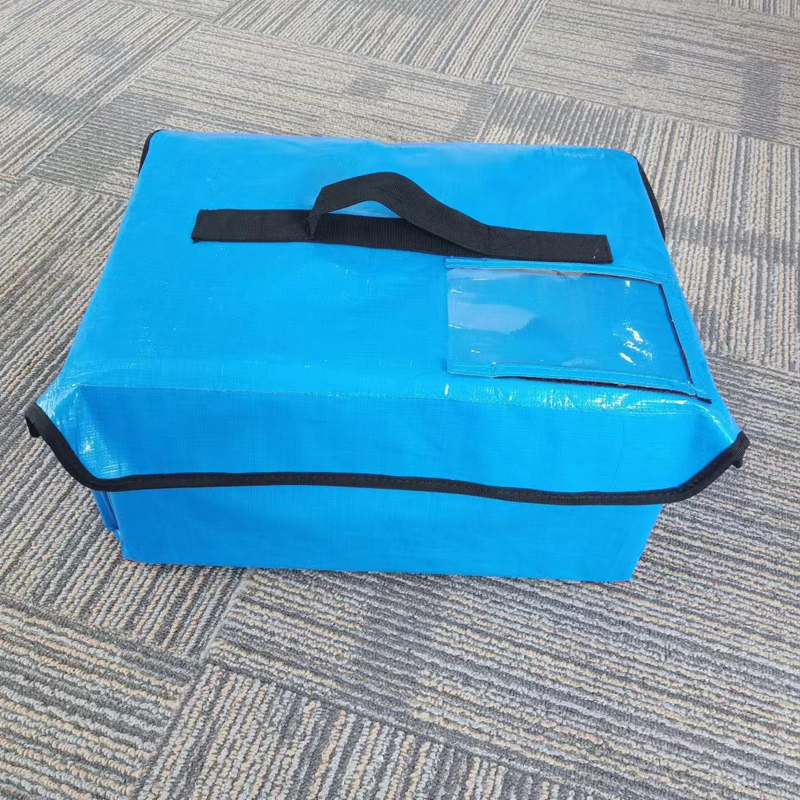The method of transportation of fruit mainly depends on the type of fruit, its ripeness, the distance to its destination, and its budget. Here are some common ways to ship fruit:
1. Cold chain transportation: This is the most common mode of transportation for fruits, especially for perishable and fresh-keeping fruits such as strawberries, cherries, and mangoes. Cold chain transport can guarantee that the fruit is kept in the right low temperature environment from harvest to sale, thus extending its shelf life and maintaining freshness.

2. Dry transportation: For some fruits that do not need refrigeration, such as bananas, citrus fruits, persimmons, etc., they can be transported dry at room temperature. This method is less costly, but it needs to ensure good ventilation during transportation to prevent the fruit from becoming moldy due to moisture.
3. Expresar: For long-distance or international shipments, courier services may be required. This usually involves air freight or fast land transportation, which can deliver the fruit to its destination in the shortest possible time, reducing the shipping time and thus the risk of rotting.

4. Container shipping: For long-distance transportation of large quantities of fruits, such as from one country to another, container shipping can be used. The temperature and humidity inside the container can be adjusted according to the specific needs of the fruit.
5. Specialized vehicle transportation: Some fruits such as watermelons and apples may need to be transported using specialized vehicles that can provide protection and proper temperature control.
When choosing a mode of transportation, it is necessary to comprehensively consider the quality requirements of the fruit, the transportation cost, and the specific requirements of the destination. For perishable or high-value fruits, cold chain shipping is often the best option.























